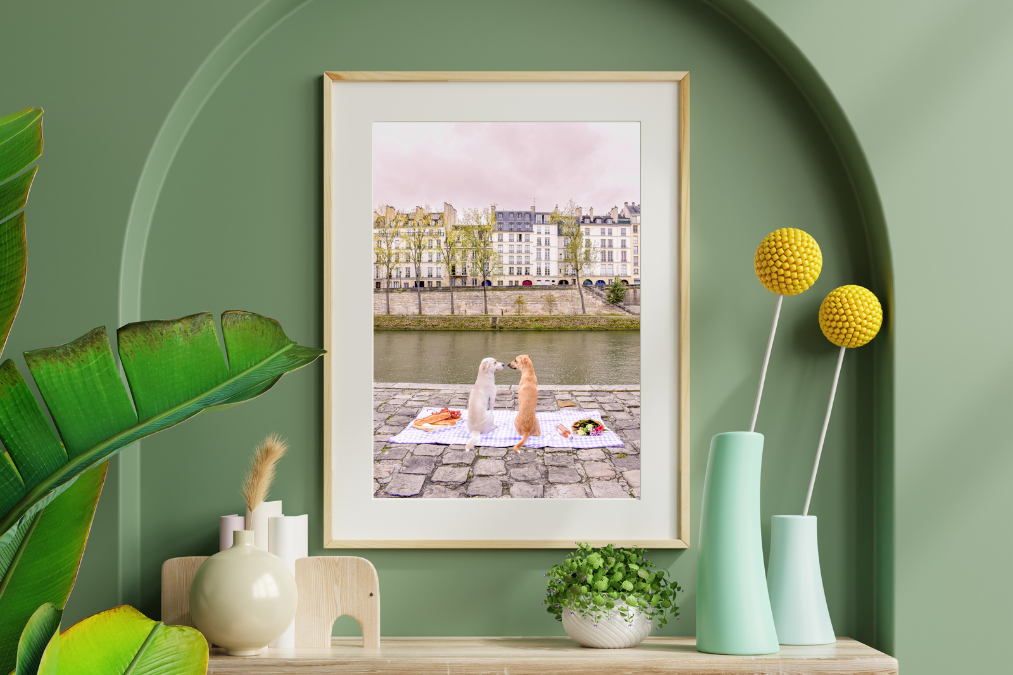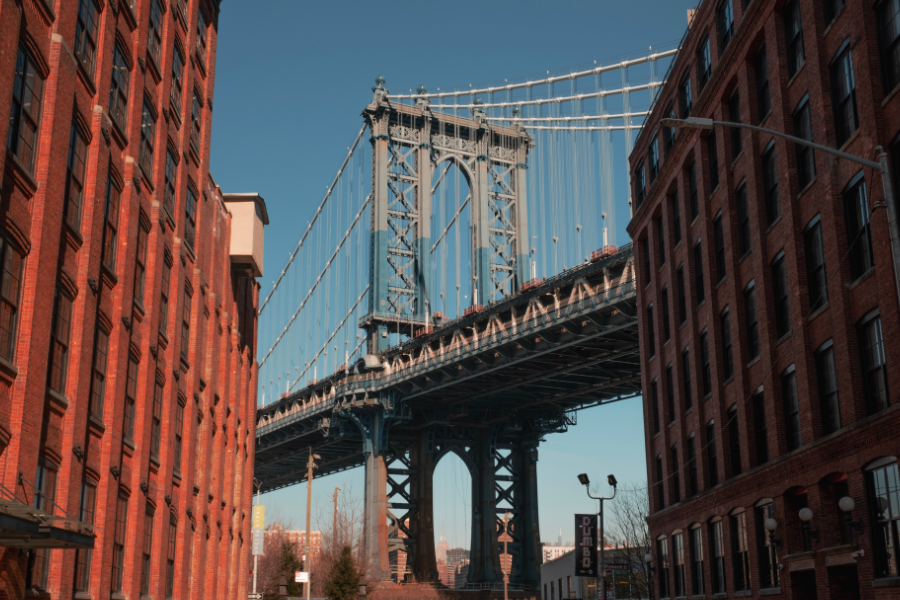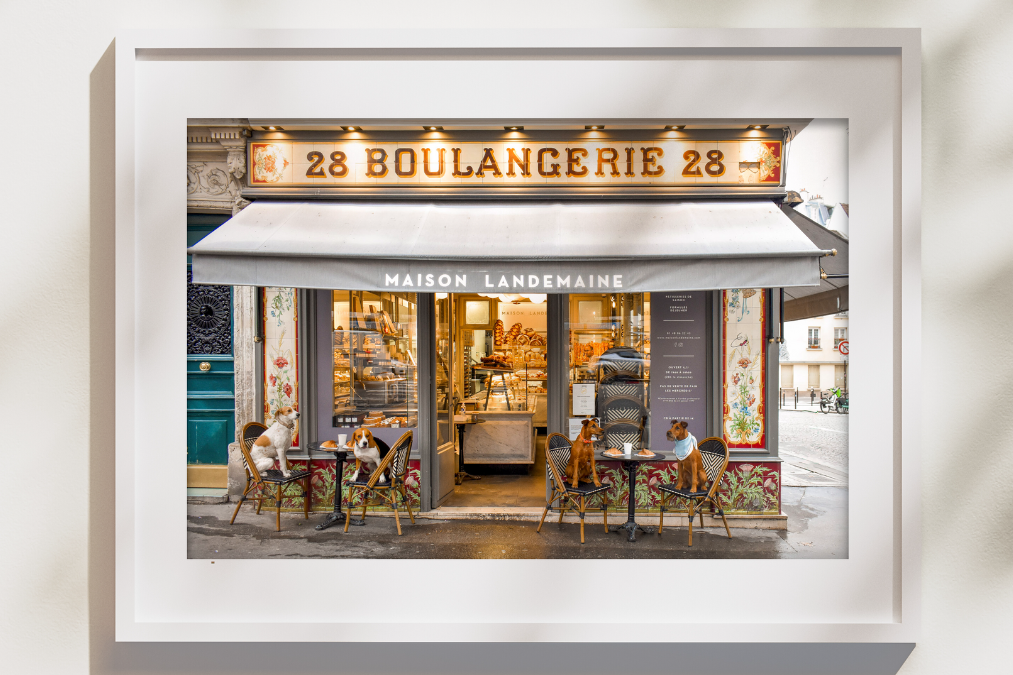For the love of displaying memories and art, the choice of picture frame can be just as critical as the image itself. While the design, finish, and size of a frame are essential, one often-underestimated element is the material from which the frame is crafted. Wood is a popular choice due to its natural charm and versatility, with a myriad of options available. This guide is crafted for the DIY enthusiast in you, as we delve into the nuances of wood selection, providing insights on the best types of wood to create picture frames that will undoubtedly stand the test of time.
Hardwoods vs. Softwoods
Before diving into specific wood types, it's crucial to understand the fundamental distinction between hardwoods and softwoods. Contrary to what the names may imply, hardwoods are not always harder than softwoods; the terms instead denote the type of trees. Hardwoods come from deciduous trees, which lose their leaves in the winter, such as oak and maple. On the other hand, softwoods are obtained from coniferous evergreen trees, like pine and cedar. Hardwoods are often denser and more durable, making them a popular choice for furniture and high-quality crafts. Softwoods, while less dense, are more readily available, which often makes them a more cost-effective choice.
The Best Woods for Picture Frames
When it comes to framing your most treasured possessions, certain types of wood stand out for their aesthetic appeal, workability, and durability.
Walnut: The Modern Masterpiece
Walnut, with its rich, chocolate brown color and striking, wavy grain, can set a modern, refined tone to any frame. It's a medium-hardwood, which is denser than cherry or maple, but still workable, allowing for the creation of sleek, contemporary designs with a polished finish.
BUY FRAMED DOG PHOTOGRAPHS (WALNUT IS AN OPTION)
Oak: The Stalwart Classic
Oak has long been a staple for craftsmen due to its strength and appealing grain pattern. It’s available in a variety of hues, with red oak offering a warm, reddish-brown color and white oak providing a cooler, light gray-brown palette. The durability of oak frames makes them ideal for larger pieces or those that will be hung in high-traffic areas.
Pine: The Budget-Friendly Charm
If you're looking for an economical option without compromising on charm, pine is a perfect choice. Its relatively soft nature means that it's easy to work with, making it a favorite for DIY projects. Pine frames, with their characteristic knots and ever-so-slightly varying color tones, offer a rustic and homey aesthetic, perfect for a casual or cozy setting.
Cherry: The Timeless Elegance
Cherry wood frames exude a timeless elegance with their warm, rich tones that deepen over time. As the wood ages, it develops a lustrous patina, which adds an irreplaceable vintage quality to the frame. Cherry is a hardwood, so it’s a sturdy choice, and its fine, straight grain allows for a smooth finish.
Maple: The Versatile and Sleek
Maple is prized for its versatility and the subtle beauty of its grain. With a variety of figures ranging from bird's eye to curly, maple can convey a contemporary aesthetic with its smooth grain pattern and light color. Like cherry, maple is a hardwood, providing strength and durability to your frames.
Mahogany: The Luxurious Statement
For those looking to make a luxurious statement, mahogany is the wood of choice. With its deep, rich color and a grain pattern that seems to shimmer in the light, mahogany frames are a sophisticated addition to any interior. This hardwood is notoriously durable, making it a long-lasting investment for your artwork.
Final Thoughts
The right wood can make all the difference in ensuring your picture frame complements your artwork or photograph beautifully. Don't overlook the significance of the material you choose, as it can impact the longevity and visual appeal of your frame.
For those who enjoy the hands-on aspect of woodworking, experimenting with different wood types and finishes can be a rewarding process. Remember, each wood variety brings its unique qualities to the table, so consider the setting and style of the piece you're framing to make the best selection.
Before starting your project, take the time to properly treat and finish your wood to protect it from the elements and maintain its luster. Whether staining to bring out the richness of the grain or painting for a pop of color, the finishing touch can elevate a simple frame to a piece of functional art.
In the end, a well-chosen and crafted wooden picture frame can do more than just encase a photograph or painting; it can be a beautiful reflection of your personal style and the love you have for the items you choose to display.
FAQ's
What is the best material for picture frames?
Wood is a popular choice for picture frames as it provides a natural and warm aesthetic. Beyond that, it offers a wide range of choices in terms of grain, color, and durability, allowing you to select a material that best suits the artwork or photograph you're framing.
What is the best wood for a wooden frame?
The best wood for a wooden picture frame depends on the intended use, personal preference, and the style you're aiming for. However, hardwoods like oak, mahogany, cherry, maple, and walnut are exceptional choices due to their durability and appearance.
What is the best wood for picture framing?
Again, hardwoods are generally the best choice for picture framing because they are denser and more durable than softwoods. The specific wood you select will depend on your preferences and the characteristics of the piece you are framing.
Which wood is used for framing?
A variety of woods can be used for picture framing, with the most popular choices being hardwoods like oak, cherry, maple, mahogany, and walnut. These woods offer a balance of durability and visual appeal, making them ideal for showcasing your favorite pictures and artwork.




